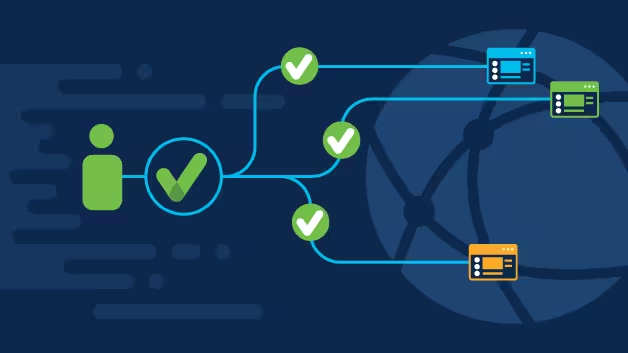- Network Security
- Privileged Access Management
- Email Security Solutions
- Single sign on Solutions
- Security and Compliance
- Data Discovery and Classification
- Security Information and Event Management (SIEM)
- Data Loss Prevention (DLP)
- End Point Security
- Multi-factor authentication
- Mobile Device Management
- Intrusion and Prevention Systems (IPS)
Don't hesitate to contact us

Single sign on Solutions
The solutions section for security solutions with Commvault Backup and Single Sign-on (SSO) Solutions addresses the critical aspects of data protection and access control within an organization’s IT infrastructure. Commvault Backup solutions offer comprehensive data protection capabilities, allowing organizations to safeguard their critical data from various threats such as data loss, corruption, and unauthorized access. With Commvault, organizations can efficiently backup data across diverse environments, including on-premises infrastructure, virtualized environments, cloud platforms, and endpoints. Advanced features such as flexible backup policies, deduplication, encryption, and centralized management ensure reliable and secure data protection.
Single Sign-on (SSO) solutions streamline access control and authentication processes by allowing users to securely access multiple applications and services with a single set of login credentials. With Commvault’s SSO solutions, organizations can enhance security and user experience by eliminating the need for users to remember multiple passwords and reducing the risk of password-related security incidents. By integrating SSO with Commvault Backup solutions, organizations can enforce access controls, authenticate users, and ensure secure access to backup data and management consoles. Overall, the combined use of Commvault Backup and SSO Solutions provides organizations with a comprehensive security solution for protecting critical data and controlling access to backup resources. This integrated approach helps organizations strengthen their security posture, mitigate risks, and ensure compliance with data protection regulations.

